Lucas Pascotti Valem
Person Re-ID through Unsupervised Hypergraph Rank Selection and Fusion
Apr 27, 2023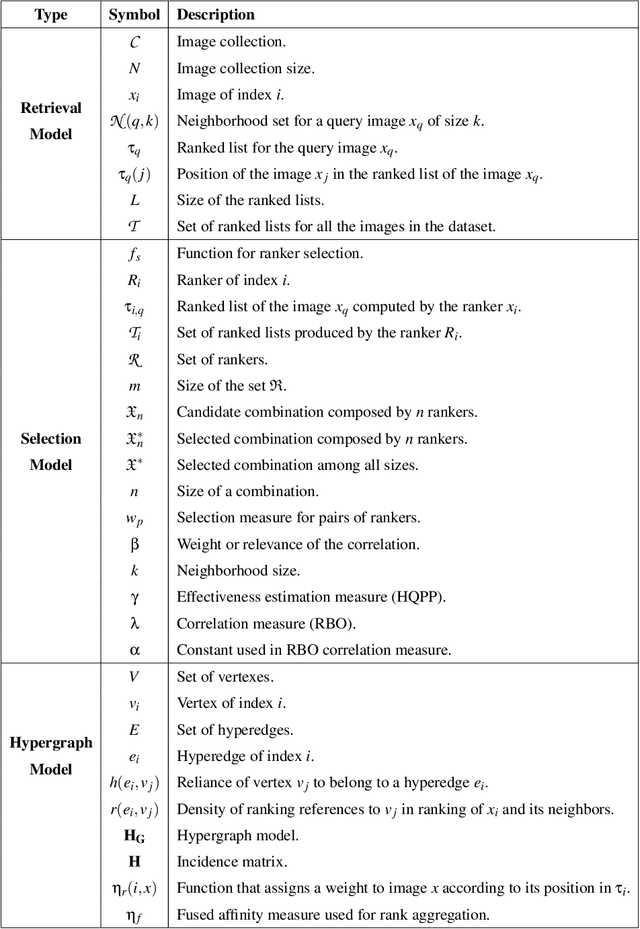
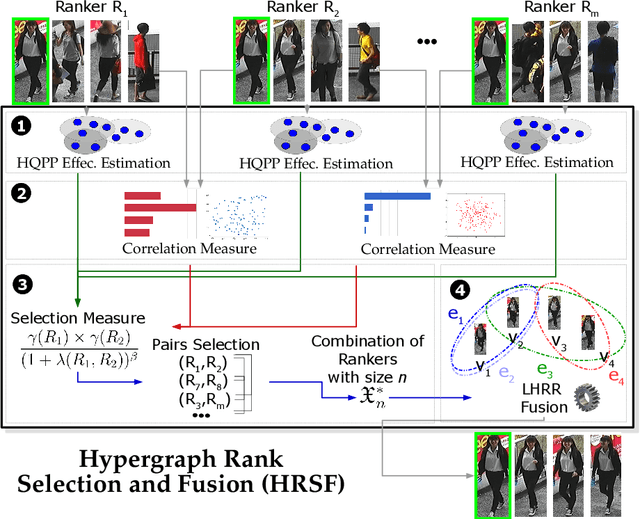

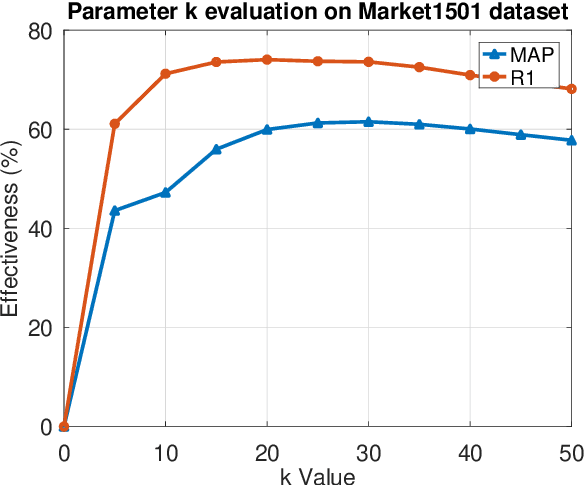
Abstract:Person Re-ID has been gaining a lot of attention and nowadays is of fundamental importance in many camera surveillance applications. The task consists of identifying individuals across multiple cameras that have no overlapping views. Most of the approaches require labeled data, which is not always available, given the huge amount of demanded data and the difficulty of manually assigning a class for each individual. Recently, studies have shown that re-ranking methods are capable of achieving significant gains, especially in the absence of labeled data. Besides that, the fusion of feature extractors and multiple-source training is another promising research direction not extensively exploited. We aim to fill this gap through a manifold rank aggregation approach capable of exploiting the complementarity of different person Re-ID rankers. In this work, we perform a completely unsupervised selection and fusion of diverse ranked lists obtained from multiple and diverse feature extractors. Among the contributions, this work proposes a query performance prediction measure that models the relationship among images considering a hypergraph structure and does not require the use of any labeled data. Expressive gains were obtained in four datasets commonly used for person Re-ID. We achieved results competitive to the state-of-the-art in most of the scenarios.
Graph Convolutional Networks based on Manifold Learning for Semi-Supervised Image Classification
Apr 24, 2023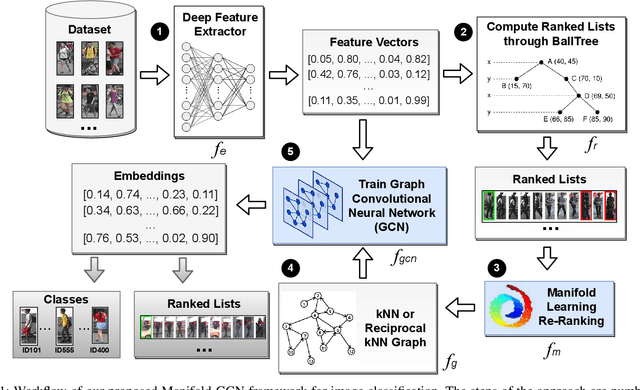
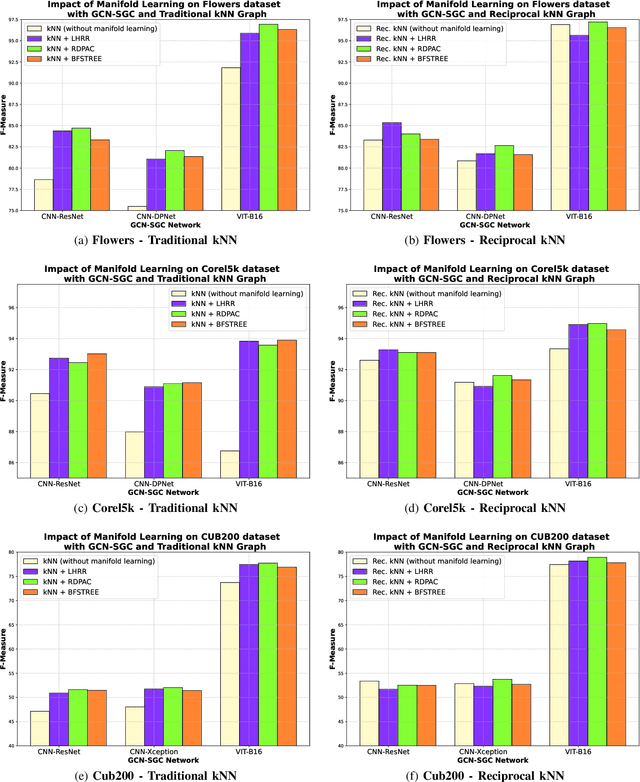
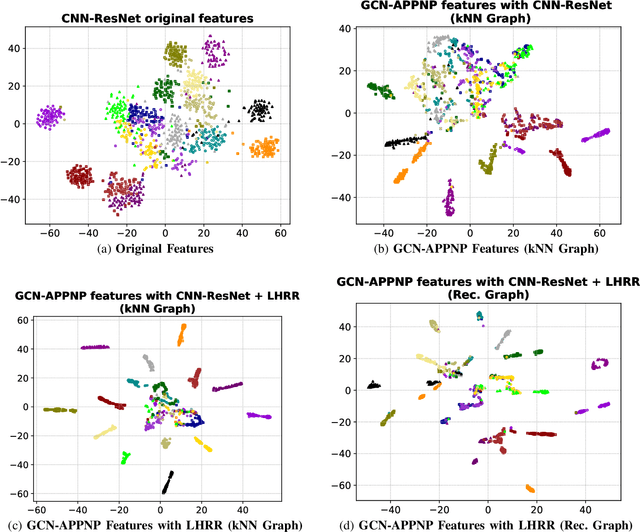
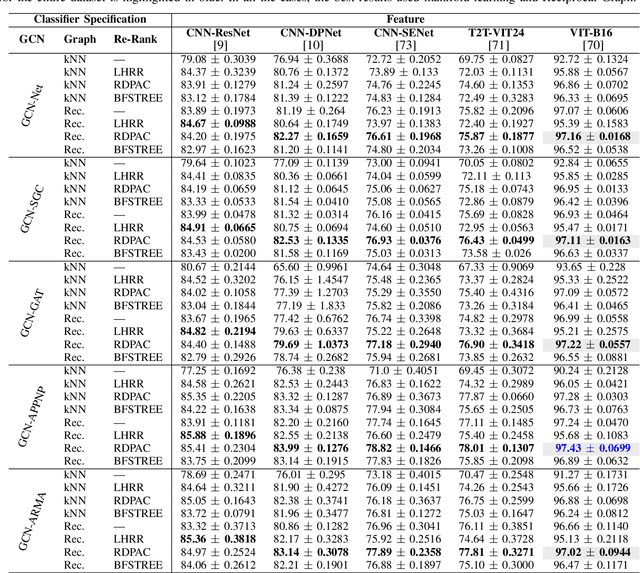
Abstract:Due to a huge volume of information in many domains, the need for classification methods is imperious. In spite of many advances, most of the approaches require a large amount of labeled data, which is often not available, due to costs and difficulties of manual labeling processes. In this scenario, unsupervised and semi-supervised approaches have been gaining increasing attention. The GCNs (Graph Convolutional Neural Networks) represent a promising solution since they encode the neighborhood information and have achieved state-of-the-art results on scenarios with limited labeled data. However, since GCNs require graph-structured data, their use for semi-supervised image classification is still scarce in the literature. In this work, we propose a novel approach, the Manifold-GCN, based on GCNs for semi-supervised image classification. The main hypothesis of this paper is that the use of manifold learning to model the graph structure can further improve the GCN classification. To the best of our knowledge, this is the first framework that allows the combination of GCNs with different types of manifold learning approaches for image classification. All manifold learning algorithms employed are completely unsupervised, which is especially useful for scenarios where the availability of labeled data is a concern. A broad experimental evaluation was conducted considering 5 GCN models, 3 manifold learning approaches, 3 image datasets, and 5 deep features. The results reveal that our approach presents better accuracy than traditional and recent state-of-the-art methods with very efficient run times for both training and testing.
Rank Flow Embedding for Unsupervised and Semi-Supervised Manifold Learning
Apr 24, 2023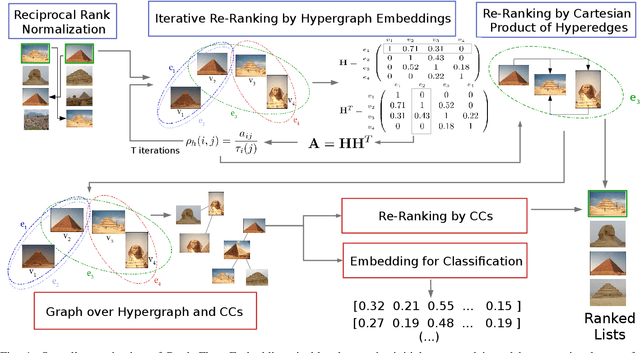
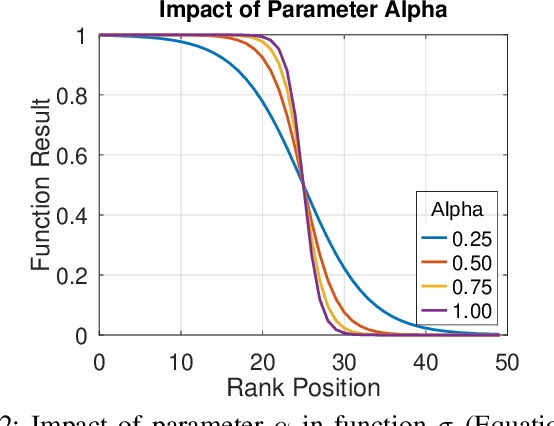
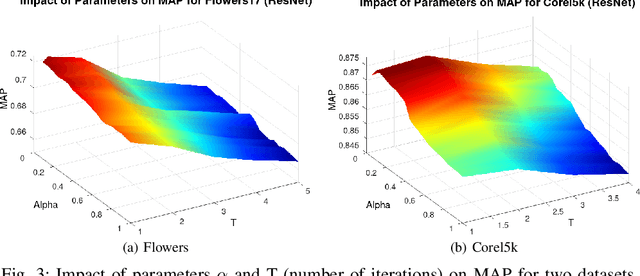
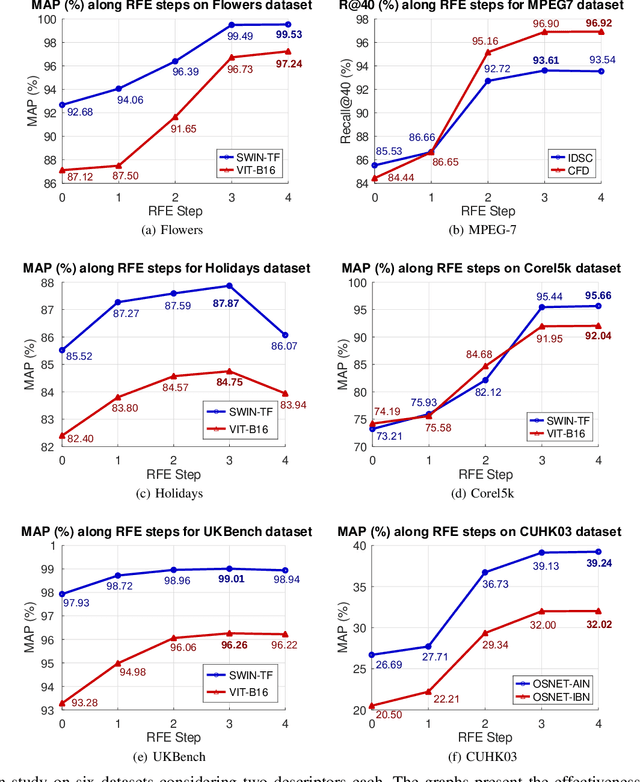
Abstract:Impressive advances in acquisition and sharing technologies have made the growth of multimedia collections and their applications almost unlimited. However, the opposite is true for the availability of labeled data, which is needed for supervised training, since such data is often expensive and time-consuming to obtain. While there is a pressing need for the development of effective retrieval and classification methods, the difficulties faced by supervised approaches highlight the relevance of methods capable of operating with few or no labeled data. In this work, we propose a novel manifold learning algorithm named Rank Flow Embedding (RFE) for unsupervised and semi-supervised scenarios. The proposed method is based on ideas recently exploited by manifold learning approaches, which include hypergraphs, Cartesian products, and connected components. The algorithm computes context-sensitive embeddings, which are refined following a rank-based processing flow, while complementary contextual information is incorporated. The generated embeddings can be exploited for more effective unsupervised retrieval or semi-supervised classification based on Graph Convolutional Networks. Experimental results were conducted on 10 different collections. Various features were considered, including the ones obtained with recent Convolutional Neural Networks (CNN) and Vision Transformer (ViT) models. High effective results demonstrate the effectiveness of the proposed method on different tasks: unsupervised image retrieval, semi-supervised classification, and person Re-ID. The results demonstrate that RFE is competitive or superior to the state-of-the-art in diverse evaluated scenarios.
Gait Recognition Based on Deep Learning: A Survey
Jan 10, 2022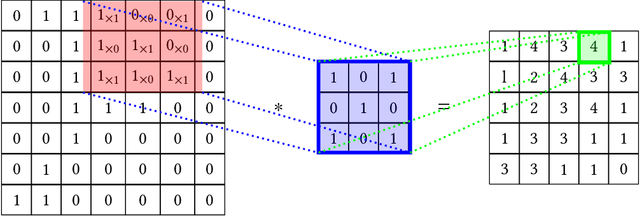
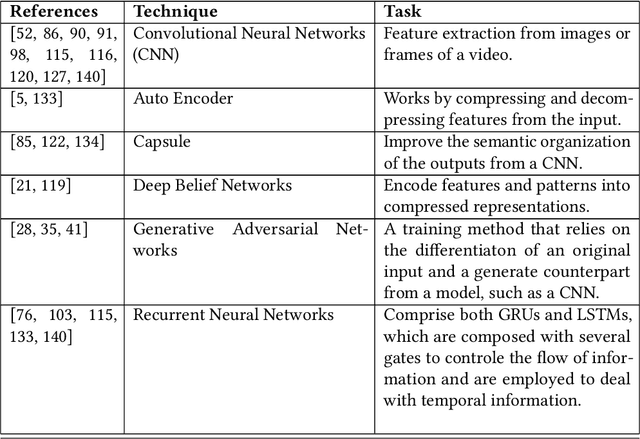
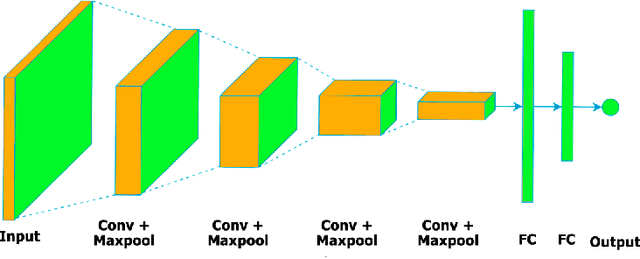

Abstract:In general, biometry-based control systems may not rely on individual expected behavior or cooperation to operate appropriately. Instead, such systems should be aware of malicious procedures for unauthorized access attempts. Some works available in the literature suggest addressing the problem through gait recognition approaches. Such methods aim at identifying human beings through intrinsic perceptible features, despite dressed clothes or accessories. Although the issue denotes a relatively long-time challenge, most of the techniques developed to handle the problem present several drawbacks related to feature extraction and low classification rates, among other issues. However, deep learning-based approaches recently emerged as a robust set of tools to deal with virtually any image and computer-vision related problem, providing paramount results for gait recognition as well. Therefore, this work provides a surveyed compilation of recent works regarding biometric detection through gait recognition with a focus on deep learning approaches, emphasizing their benefits, and exposing their weaknesses. Besides, it also presents categorized and characterized descriptions of the datasets, approaches, and architectures employed to tackle associated constraints.
 Add to Chrome
Add to Chrome Add to Firefox
Add to Firefox Add to Edge
Add to Edge